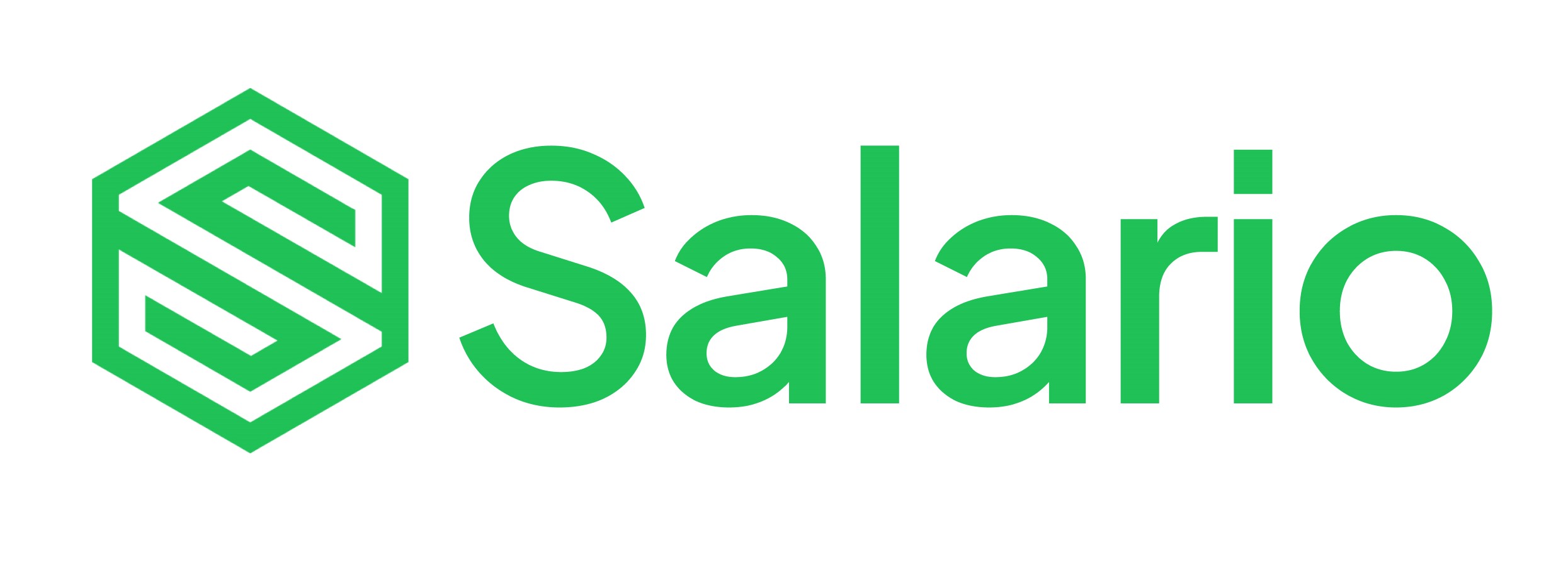
Employee development is essential for organizational success in today’s fast-paced and competitive business environment. Human Resources (HR) departments are critical in crafting and implementing strategies that enhance individual and team capabilities. Companies can increase productivity and foster employee engagement and retention by improving skill-building and optimizing performance.
In this article, we’ll explore five effective HR strategies for developing employee skills and performance while considering actionable steps for success.
Why Employee Development Matters
Investing in employee development is not just a benefit for workers. It’s a strategic move for businesses. Studies show that organizations with robust development programs are more likely to:
- Attract and retain top talent.
- Improve overall performance and productivity.
- Build a positive company culture.
For HR professionals, the challenge lies in designing strategies that align with organizational goals while addressing individual employee needs.
1. Conduct Skills Gap Analysis
Before crafting development programs, it’s essential to identify where employees’ current skills and performance levels stand relative to the organization’s needs.

- What is a Skills Gap Analysis?
A systematic assessment to determine the gap between existing employee capabilities and the skills required to achieve business objectives. - How HR Can Implement It:
- Use surveys, interviews, or assessments to evaluate employee competencies.
- Benchmark findings against industry standards or specific job roles.
- Collaborate with department heads to identify priority areas for improvement.
A retail company may discover that its customer service team lacks proficiency in handling online queries. Targeted training can bridge this gap and improve performance.
2. Develop Tailored Training Programs
One-size-fits-all training often falls short. HR teams should design tailored programs that address the unique needs of employees and the organization.
- Types of Training:
- Technical Skills Training: Focused on job-specific skills (e.g., software use, data analysis).
- Soft Skills Training: Develops interpersonal skills like communication, teamwork, and leadership.
- Cross-functional training: Encourages employees to explore roles in other departments, fostering versatility.
- Best Practices:
- Blend in-person and online learning for flexibility.
- Incorporate hands-on exercises or real-world simulations for better retention.
- Use employee feedback to refine and improve training modules.
Leverage learning management systems (LMS) to track progress and tailor content to individual learning paths.
3. Implement Continuous Performance Management
Traditional annual performance reviews are no longer sufficient for today’s dynamic workplaces. Continuous performance management allows for real-time feedback and ongoing improvement.
- Key Components:
- Regular Check-Ins: Monthly or quarterly meetings between employees and managers to discuss progress and challenges.
- Goal Setting: Define clear, measurable, and achievable objectives (SMART goals).
- Constructive Feedback: Offer actionable suggestions rather than vague criticism.
- Technology Tools:
Platforms like Salario, BambooHR or Workday provide performance management tools that simplify tracking and feedback.
A marketing team member struggling to meet deadlines can benefit from bi-weekly feedback sessions to identify bottlenecks and brainstorm solutions.
4. Foster a Culture of Mentorship and Coaching
Mentorship and coaching are powerful tools for skill development and performance enhancement. They provide employees with personalized guidance, support, and opportunities to grow.

- Benefits of Mentorship Programs:
- Accelerate the learning curve for new hires.
- Build strong relationships between employees and leaders.
- Provide a platform for sharing knowledge and expertise.
- Coaching Best Practices:
- Pair employees with mentors based on career goals and skill sets.
- Establish structured programs with clear expectations and timelines.
- Encourage peer coaching for collaborative skill-building.
Through a structured mentorship program, a junior IT specialist can gain valuable insights and career guidance from a senior engineer.
5. Recognize and Reward Skill Development
Recognition plays a key role in motivating employees to participate actively in development initiatives. A well-designed reward system reinforces positive behaviors and achievements.
- Types of Recognition:
- Monetary Rewards: Bonuses, salary increments, or vouchers for completing advanced training.
- Non-Monetary Rewards: Certificates, public acknowledgment, or career advancement opportunities.
- Incentives for Teams: Group rewards for collective achievements, fostering collaboration.
- Integrating Recognition into HR Strategies:
- Celebrate milestones in skill acquisition (e.g., certification completions).
- Link rewards to performance outcomes to highlight the impact of development efforts.
Use internal communication channels like newsletters or meetings to recognize employees’ growth and contributions publicly.
Emerging Trends in HR Strategies for Employee Development
To remain competitive, HR professionals must stay ahead of trends in employee development. Some notable trends include:
- Personalized Learning: Leveraging AI to create custom employee learning paths based on their roles and preferences.
- Gamification in Training: Incorporating game elements into learning programs to enhance engagement and retention.
- Microlearning: Offering short, focused training sessions that fit into employees’ daily routines.
Challenges in Implementing HR Development Strategies
While these strategies are effective, HR teams may face certain challenges:

- Budget Constraints: Limited resources can hinder the development of robust programs.
- Solution: Focus on cost-effective options like online training platforms or peer learning sessions.
- Employee Resistance: Some employees may be reluctant to participate in development initiatives.
- Solution: Communicate the benefits clearly and involve employees in program design.
- Time Limitations: Employees may struggle to balance training with their regular work.
- Solution: Offer flexible schedules and prioritize essential training.
Conclusion: Driving Success Through Strategic HR Development
Employee skill development and performance enhancement are at the heart of a successful organization. HR professionals can build a more capable and engaged workforce by conducting skills gap analyses, tailoring training programs, fostering mentorship, and recognizing growth.
The key lies in aligning development strategies with organizational goals while considering individual employee needs. As businesses continue to evolve, adopting innovative and flexible approaches to employee development will ensure sustained success.
Start implementing these HR strategies today to empower your workforce and drive long-term performance.
